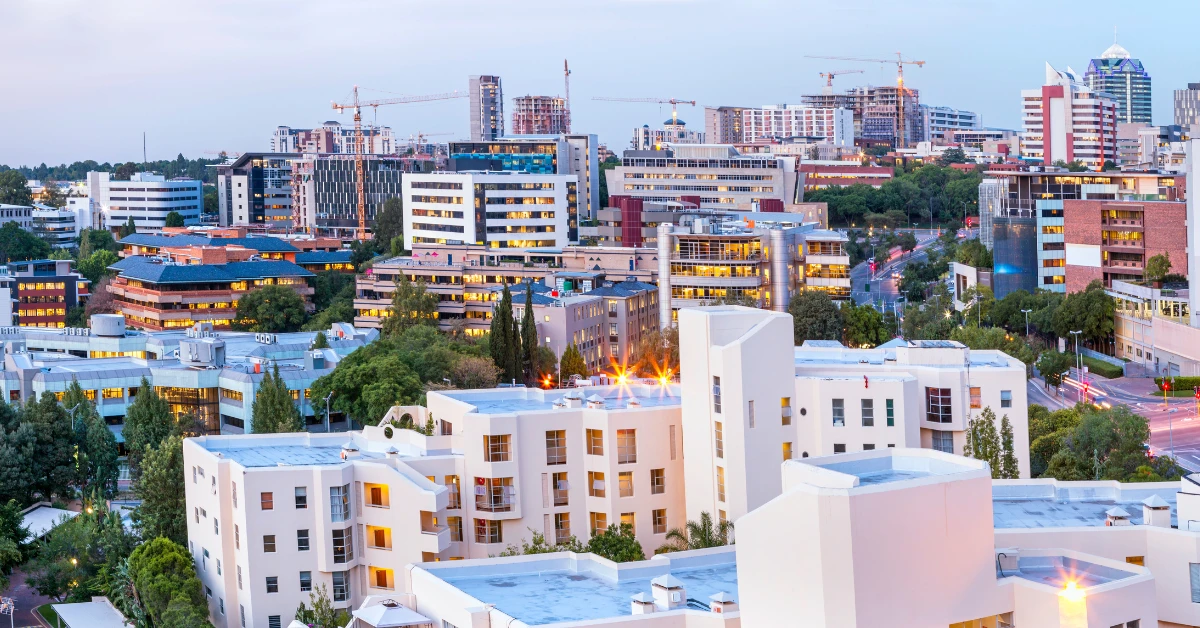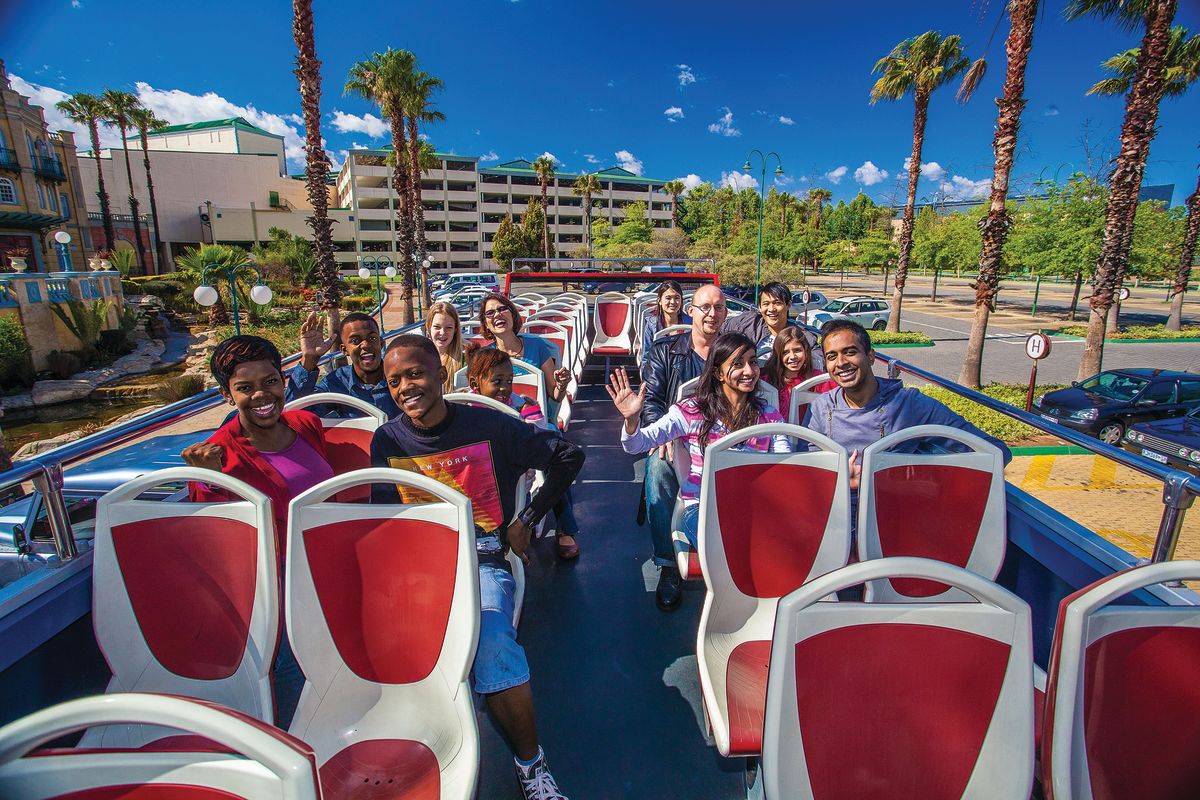3 Easy Facts About Johannesburg North Attractions Explained
Table of ContentsMore About Johannesburg North AttractionsExcitement About Johannesburg North AttractionsThe Facts About Johannesburg North Attractions RevealedJohannesburg North Attractions Things To Know Before You BuyHow Johannesburg North Attractions can Save You Time, Stress, and Money.The Best Strategy To Use For Johannesburg North AttractionsUnknown Facts About Johannesburg North Attractions
Nevertheless you should maintain safety in mind and visitors have to continue to be sharp in all times when in strange environments. Talk to the citizens when you remain in town to discover the location you are remaining in. Johannesburg North attractions. When on the street (this doesn't put on shopping center and various other safe and secure settings) ideal basic suggestions is to attempt your ideal to appear like a neighborhood and to stay clear of presenting any type of kind of wide range
What Does Johannesburg North Attractions Do?
Professor Revil Mason O. J. (Thomson, 1946) explored the Witwatersrand's pre-colonial background. His historical work exploded the 'em pty land' misconception, according to which the region was lacking human habitation before the arrival of European inhabitants. In his publications Prehistory of the Transvaal: A Document of Human Task (1962) and Origins of Black Individuals of Johannesburg and the Southern Western Central Transvaal Advertisement 3501880 (1986 ), Professor Mason showed the degree of social and economic growth in the location before Europeans established foot right here.

The Greatest Guide To Johannesburg North Attractions
In 1878, David Wardrop located gold in quartz capillaries at Zwartkop, north of Krugersdorp. In 1881, Stephanus Minnaar came across gold on the farm Kromdraai, near the Cradle of Mankind.
In March 1886, a protrusion (soon to be called the Main Reef) was located, rather luckily, on Gerhardus Oosthuizen's ranch Langlaagte. Some say that the Lancastrian coal miner George Pedestrian discovered this coral reef. An additional itinerant English miner, George Harrison (that had formerly operated in Australian mines) acquired a prospecting licence in respect of Langlaagte in Might 1886.
He chose to carry on in a pursuit for greener fields, and disposed of his Langlaagte claim for the baronial sum of 10. Alas: under lay the wealthiest goldfield ever discovered. The discovery of this abundant auriferous reef prompted a gold rush that signified the end of agrarian serenity in the southern Transvaal.
It would certainly, within six years, end up being the biggest town in southerly Africa. Within a decade, it would certainly make the Z. A. R. until after that an anarchical and bankrupt little state the richest country in Africa. By the millenium, the Z. A. R. was to surpass Russia, Australia and the USA of America to become the globe's leading gold manufacturer, producing even more than a quarter of the world's gold.
The Buzz on Johannesburg North Attractions
It was called Ferreira's Camp, called after Colonel Ignatius Ferreira. He was a Boer adventurer upon whom the British authorities had bestowed the condition of Friend of the A Lot Of Differentiated Order of St Michael and St George (qualifying him to the post-nominal letters C. M. G.) in gratefulness for his role in the battle that had deposed the Pedi king Sekhukhune in 1879.
Two other camps were established: Meyer's Camp on the ranch Doornfontein, and Paarl Camp. The latter was nicknamed Afrikander Camp; many people from the Cape Colony settled there.

Not known Facts About Johannesburg North Attractions
This name acquired money by word of mouth, such that the State Secretary attested the name to the Mining Commissioner on 9 October 1886. Stands in the town were auctioned on 8 December 1886. While some stands were offered for 10, others were torn down for as low as sixpence.
2 years later, these erven were to transform hands for as high as 750 each. The tented camps dwindled as a dorp of corrugated iron structures developed and increased north of the mines situated along the Key Coral Reef Roadway. Areas such as Jeppe's Community (where working-class immigrants erected their residences) and Doornfontein (where the upscale new 'Randlords' began to construct their extravagant homes) were soon included to the ever-expanding map of the town.
The Of Johannesburg North Attractions
Besides the road names, there were no indicators of Johannesburg being located in a Dutch-speaking country. Years later on, C. W. Kearns O. J. (among the very first kids registered at St John's University in 1898) would remember: 'A weird reality about Johannesburg was that, although it was in the [Boer Republic], almost everybody spoke English and even the Federal government servants resolved one in English, unless they were initial resolved in the Taal (or Low Dutch)'.
Britain had an interest in making sure optimal problems for gold production on the Witwatersrand, and that the gold was exported to London instead than Berlin an imperative rendered all the much more clamant by the Z. A. R.'s increasing toenadering with Germany. Mine owners were on a clash with Head of state Kruger, whose policy of monopolistic concessions (commonly granted to his cronies) protected against mining firms from procuring products of products (especially dynamite) and work by themselves, more affordable terms
3 Easy Facts About Johannesburg North Attractions Explained
In 1890, the Volksraad had here restricted the franchise to white men that had resided in the Z. A. R. for fourteen years or longer, therefore invalidating a lot of the immigrants (that occurred to be the significant factors to the fiscus). Frustration for the vote was a plain pretext for promoting a different agenda; many uitlanders regarded themselves as momentary site visitors and had no intent of staying in the Z.